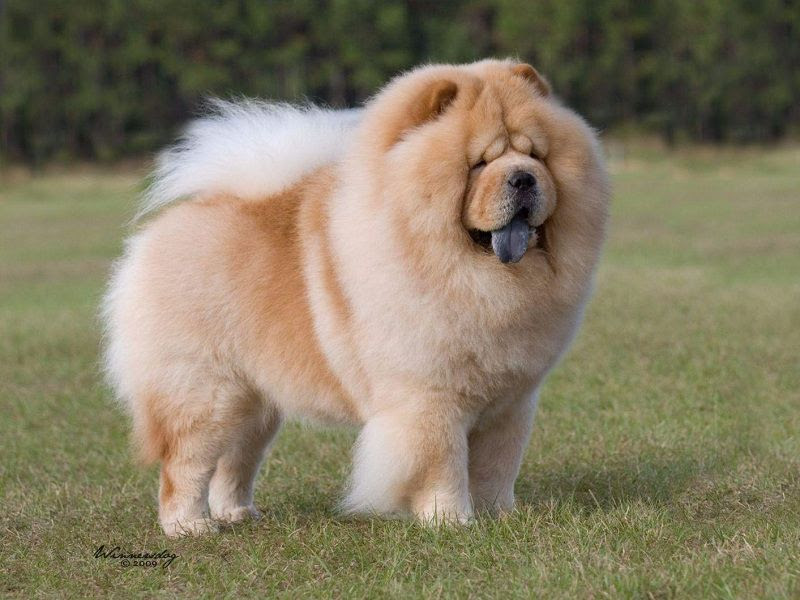Originating in China, the Chow Chow is a dog breed with a long history of at least 3,500 years. They flourished during the Tang Dynasty, leading to the name Tang Quan (“Dog of the Tang Empire”). Chow chows are highly popular around the world, especially in America and European countries. The article below will provide some details on the history and origin of Chow Chows dog.

Best Gifts for Chow Chow Lovers
[ux_products products=”24″ tags=”chow-chow-products” orderby=”rand”]Chow Chow origin & history
The Chow Chow first appeared and enjoyed its popularity during the Han Dysnasty. According to ancient scripts engraved on pottery and paintings of that time, an emperor of the Han owned up to 2,500 pairs of Chow Chows for hunting purpose.
In ancient China, Chow Chows were called by various names such as Lion Dog, Wolf Dog and Bear Dog Leo. Only until the late 18th century, when the first Bear Dogs were brought to England thanks to the trade with China, were those dogs given the name Chow Chow.
In 1781, the Chow Chow was first described in detail in an English book called Natural History by naturalist Gilbert White. His neighbor brought a pair of Chow Chows from Guangdong. For over 200 years, the Chow Chow has hardly changed its appearance compared to what White wrote about them.
>> You May Also Like:
- Chow Chow dog for sale price range. Where to buy Chow Chow puppies?
- Tibetan Terrier price range. Where to buy Tibetan Terrier puppies?
- The Best Dog Door that Only Opens With Collar Reviews

The Chow Chow was widely known in the late nineteenth century as many heads of state in that period raised them as pets. The most notable case was Queen Victoria, who helped popularize the breeding of this dog in England. Next came the dogs of President Gilbert White and his wife. Three red, tan and black Chow Chows were raised in the White House in the 1920s. Today, he Chow Chows ranks 64 out of 155 most popular dog breeds in the world. They are recognized by the AKC and highly popular in America, Europe, China, India and some Southeast Asian countries.
